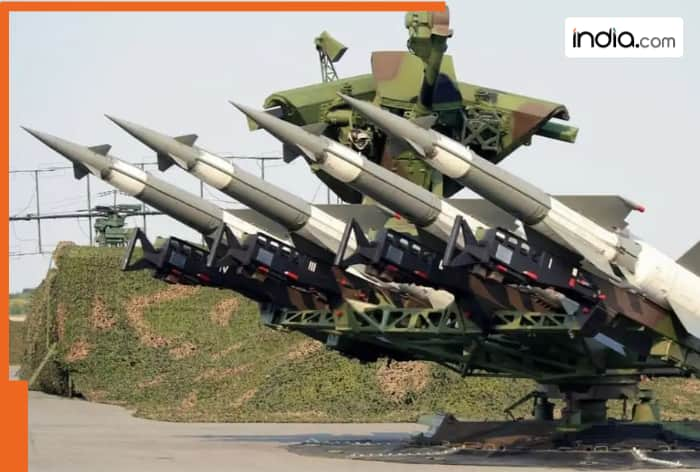
By clicking “Accept All Cookies”, you agree to the storing of cookies on your device to enhance site navigation, analyze site usage, and assist in our marketing efforts Cookies Policy.

After failing to attack 15 Indian cities, Pakistan on Thursday evening launched a missile and suicide drone attack on parts of Jammu and Kashmir and military bases in a massive escalation. The border areas along the Line of Control and the International Border witnessed heavy shelling, while Jammu faced air strikes by Pakistan fighter jets and drones. Meanwhile, Indian Armed Forces reportedly shot down three fighter jets of Pakistan when they attempted to attack Jammu. As per reports, India neutralised three Pakistani fighter jets, including a US-made F-16 fighter jet. Two JF-17s were also shot down as Islamabad retaliated after Operation Sindoor. Earlier, several leaders of Pakistan threatened India with using nuclear weapons if it conducted any retaliatory attack. Let us know whether the missile defence system can also stop a nuclear attack?
Whenever there is a mention of the possibility of a nuclear attack in the world, it becomes important to ask how much power countries have to prevent it. India and Pakistan are both nuclear-rich countries. How much can a country’s missile defence system prevent a nuclear attack, or how much can it reduce its impact. Let us talk about India’s missile defence system and how much it can prevent a nuclear attack from a country like Pakistan.
India and Pakistan are both nuclear-rich countries, and both have several small and large nuclear warheads. Amid escalating tension between both countries, it is possible that one of it could use a nuclear weapon if tensions escalate. The question arises that just like the Indian missile defence system thwarted several missile attacks by Pakistan, can they also neutralise a nuclear warhead.
Notably, India has a four-level air defence system to prevent nuclear attack. The air defence system is capable of identifying and responding to threats coming from different heights and distances. India’s Agni-5 missile can attack with a range of 5 to 8 km from the ground. Notably, New Delhi is mostly dependent on Russia for weapons, as Western countries have refrained from giving missile technology to India. However, India and France have been working together on several missile technologies.
India is one of the few countries that has an anti-ballistic missile system. The Indian missile defence system has two types of missiles – first is Prithvi and the second is Advanced Air Defence system. While Prithvi is capable of stopping areal attack at high altitude, Advanced Air Defense is effective in stopping low-altitude attacks.
India possesses a range of missiles, both conventional and nuclear, capable of intercepting ballistic missiles launched from distances up to 5,000 km. While a complete defence against nuclear attack is impossible, ongoing technological advancements and diplomatic efforts are crucial for enhancing national security.
For breaking news and live news updates, like us on Facebook or follow us on Twitter and Instagram. Read more on Latest India News on India.com.